






5-Star Service, Trusted & Loved by Hundreds
Your Appraiser Search Ends Here
Your Appraiser Search Ends Here
.avif)

Nationwide Coverage – Appraisals Anywhere in the US

Get it done Onsite or Online

Any Asset, Covered

Defensible for Any Purpose
Frequently Asked
Questions
No Frequently Asked Questions Found.
The concept operates on a straightforward principle: if a borrower fails to repay the loan according to agreed terms, the lender retains the legal right to seize and liquidate the pledged asset to recover their financial losses. These assets can range widely, including real estate properties, vehicles, cash accounts, business inventory, equipment, and investment portfolios.
For borrowers, utilizing collateral can yield significant advantages. Secured loans typically feature more attractive terms, such as reduced interest rates and potentially higher borrowing limits. Individuals with limited credit history or lower credit scores may find collateral particularly beneficial, as it increases their likelihood of loan approval by providing lenders with additional confidence.
However, borrowers must carefully evaluate their financial capabilities before pledging assets. The potential consequences of defaulting—losing a valuable asset like a home or vehicle—underscore the importance of thorough financial planning and realistic repayment assessments.
Lenders view collateral as a critical risk management tool, enabling them to extend credit more confidently and under more favorable conditions. By having a tangible asset backing the loan, financial institutions can mitigate potential monetary losses and create a more structured lending environment.
The dynamics of loan collateral reflect a nuanced balance between borrower needs and lender protections, representing a sophisticated approach to managing financial risk in lending transactions.
The primary purpose of a collateral appraisal is to establish a precise and unbiased assessment of an asset's worth. This professional valuation ensures lenders can accurately gauge the potential risk associated with extending credit. By determining the true market value, financial institutions can make informed decisions about loan amounts, terms, and potential recovery strategies in case of default.
For borrowers, an appraisal offers transparency and credibility in the lending process. It provides documented evidence of an asset's value, which can potentially strengthen negotiation positions and lead to more favorable loan terms. The appraisal serves as an independent verification that protects both parties' interests by establishing a clear, professional understanding of the asset's economic standing.
Beyond immediate lending considerations, an appraisal also captures broader market insights. Professional appraisers analyze current market trends, potential asset depreciation, and comparative values, which can offer valuable context about the collateral's long-term financial implications.
Regulatory compliance represents another critical aspect of collateral appraisals. Financial institutions must adhere to strict guidelines that mandate thorough due diligence in credit extension. A comprehensive appraisal helps satisfy these requirements, mitigating potential legal and financial risks for all involved parties.
Ultimately, a professional appraisal transforms a potentially subjective asset valuation into an objective, defensible assessment. It provides a foundation of trust, accuracy, and informed decision-making in the complex landscape of loan collateralization.
An artwork appraisal represents a comprehensive professional evaluation that precisely determines the monetary and historical value of an art piece. This meticulous process involves expert assessment of multiple intricate factors that collectively influence an artwork's market worth and significance.
Professional art appraisers employ a sophisticated methodology that examines critical elements such as the artwork's provenance, authenticity, physical condition, current market dynamics, and the artist's reputation. Each of these components plays a crucial role in establishing an accurate and defensible valuation.
The evaluation goes far beyond a simple price assessment. Appraisers conduct detailed investigations that may include forensic analysis of materials, historical research into the artwork's origins, and careful examination of minute details that can substantiate or challenge the piece's perceived value. They leverage extensive knowledge of artistic styles, market trends, and collector interests to provide a nuanced understanding of an artwork's worth.
Different stakeholders rely on artwork appraisals for diverse purposes, including insurance documentation, estate planning, potential sale transactions, and tax compliance. The appraisal serves as an authoritative document that provides clarity and confidence for collectors, institutions, and potential buyers.
The complexity of art valuation requires a sophisticated approach that balances objective analysis with deep understanding of artistic and market contexts. A comprehensive appraisal not only quantifies monetary value but also captures the intrinsic cultural and historical significance of the artwork.
Online artwork appraisals have become increasingly sophisticated, offering art owners a convenient and comprehensive method to determine the value of their pieces. The process typically begins with submitting high-resolution photographs that capture essential details of the artwork. Professional appraisers carefully analyze these images, examining critical aspects such as condition, artistic technique, and distinctive characteristics.
Beyond visual documentation, appraisers collect contextual information through digital communication channels. Owners provide supplemental details about the artwork's provenance, artist background, and historical significance, which help create a more nuanced valuation. This collaborative approach allows for a thorough assessment without the constraints of physical proximity.
Live video consultations have emerged as an innovative component of online art appraisals. Using platforms like Zoom or Google Meet, appraisers can engage directly with clients, rotating artwork, examining specific details, and conducting real-time discussions. This interactive method bridges the gap between digital and in-person assessment, enabling a more dynamic and comprehensive evaluation.
The digital appraisal process offers substantial benefits, including accessibility for individuals in remote locations, flexibility for busy clients, and reduced logistical complexities. Professional appraisers maintain rigorous standards, ensuring that online evaluations are as meticulous and credible as traditional in-person assessments.
Modern technology has transformed artwork appraisals, creating a streamlined, efficient approach that meets the evolving needs of art collectors and owners. By leveraging digital tools and professional expertise, online appraisals provide accurate, comprehensive valuations with unprecedented convenience.
Artwork appraisers are specialized professionals who meticulously assess the value of diverse art forms. Their expertise spans multiple domains, each requiring unique skills and deep knowledge of artistic markets, historical context, and aesthetic evaluation.
Fine art appraisers concentrate on traditional art mediums like paintings, sculptures, and drawings. These experts possess comprehensive understanding of art movements and market dynamics, often developing profound specialization in specific periods such as Impressionism or Contemporary art.
Decorative art appraisers evaluate functional artistic items including furniture, ceramics, glassware, and textiles. Their assessments consider craftsmanship, material quality, historical significance, and provenance, making them invaluable to collectors and antique dealers seeking precise valuations.
Digital art appraisers represent an emerging professional category addressing the rapidly evolving technological art landscape. They specialize in evaluating digital creations, graphic designs, digital paintings, and emerging formats like NFTs, reflecting the dynamic nature of contemporary artistic expression.
Antique appraisers focus on artworks exceeding 100 years in age, conducting thorough examinations that extend beyond aesthetic value. They scrutinize historical importance, authenticity, and originality, distinguishing genuine historical pieces from reproductions and potential forgeries.
Specialty appraisers develop expertise in distinct artistic niches, concentrating on specific artists, regional styles, or unique media such as photography or limited edition prints. Their targeted knowledge enables nuanced, precise valuations within specialized artistic domains.
Institutional appraisers employed by museums, galleries, and cultural organizations perform critical valuation services for collections, exhibitions, and acquisitions. Operating under rigorous ethical standards, they provide essential assessments for insurance, donation, estate planning, and cultural preservation purposes.
Artworks transcend mere visual appeal, representing significant financial and emotional investments. Professional appraisals provide critical insights that extend far beyond simple price determination, serving multiple strategic purposes for art owners.
Insurance protection stands as a primary motivation for artwork appraisals. Without accurate documentation, collectors risk inadequate compensation during loss, theft, or damage scenarios. Precise valuations enable insurance companies to establish appropriate coverage, ensuring financial security for valuable pieces.
Estate planning represents another crucial context for art appraisals. When transferring assets between generations, comprehensive valuations help establish fair market values, potentially mitigating potential tax complications and familial disputes. Executors and heirs gain clarity about the financial landscape of inherited artwork collections.
Charitable donations also benefit from professional appraisals. For artwork valued over specific thresholds, formal assessments become essential for claiming tax deductions. These documentations provide nonprofits with transparent understanding of donated asset values while offering potential tax advantages to donors.
Preparing for potential sales requires nuanced market understanding. Appraisals illuminate current market trends, helping owners set competitive pricing strategies. Whether considering auction placement or private sale, comprehensive evaluations empower informed decision-making.
Investment portfolios increasingly recognize art as a valuable asset class. Professional appraisals help collectors assess artwork's financial potential, tracking appreciation and understanding long-term value trajectories. These insights support sophisticated wealth management approaches.
Authenticity verification represents an often-overlooked yet critical appraisal benefit. Reputable assessments not only determine monetary value but also confirm artwork provenance, protecting collectors from potential fraud and enhancing piece legitimacy.
Ultimately, artwork appraisals represent more than financial transactions—they are comprehensive explorations of cultural, historical, and monetary significance. By bridging emotional attachment and strategic financial planning, professional evaluations offer collectors comprehensive perspectives on their artistic investments.
Understanding Artwork Appraisals
Artwork appraisals are essential evaluations that determine the fair market value of a piece of art. This process involves a detailed examination of various factors, including the artist's reputation, the medium used, the artwork's provenance, and current market trends. An accurate appraisal is particularly crucial when an artwork is used as loan collateral, as lenders require a reliable valuation to assess risk and ensure they are adequately covered in case of default. Understanding the intricacies of artwork appraisals can aid both lenders and borrowers in making informed financial decisions.
The appraisal process typically involves engaging a qualified appraiser who possesses expertise in the specific type of artwork being evaluated. Appraisers rely on established methodologies and industry standards to assess quality, authenticity, and market demand. Documentation and research play key roles, as appraisers must provide a comprehensive report substantiating their valuation. By understanding the importance of artwork appraisals, stakeholders can better navigate the complexities of using art as collateral, ensuring a smoother financial transaction.
The Importance of Artwork Appraisals in Securing Loans
Artwork appraisals play a crucial role in securing loans, especially for individuals or businesses seeking to leverage their art collections as collateral. A professional appraisal provides a well-researched valuation of the artwork, taking into account factors such as the artist's reputation, the artwork's provenance, and its condition. Lenders require this documentation to assess the value and risk associated with the artwork, ensuring they have adequate security before extending credit. Without a reliable appraisal, borrowers may face challenges in obtaining favorable loan terms or may not receive the loan at all.
Additionally, an accurate artwork appraisal can enhance the negotiation process between borrower and lender. A detailed report can provide insight into the market demand for specific artists or styles, thereby influencing the loan's interest rate and repayment plan. It mitigates the risk for the lender by establishing a clear understanding of the asset's worth, which is especially important in a volatile art market. For borrowers, a well-documented appraisal can open doors to better loan conditions and increased trust with the lending institution.
Types of Artwork Valuations
Artwork valuations can be categorized into several distinct types, each serving a specific purpose and audience. Primary among these are fair market value appraisals, often required for resale or insurance purposes, which reflect the price at which the artwork would exchange hands between a willing buyer and seller in an open market. Additionally, replacement value appraisals provide an estimate of what it would cost to replace the artwork with a comparable piece, a critical factor for insurers when determining coverage in case of loss or damage.
Another important type is the tax value appraisal, usually conducted for estate planning or tax reporting. This valuation is essential for determining the fair market value for gift tax or estate tax purposes, ensuring compliance with relevant regulations. Furthermore, it is important to note that tax value appraisals must adhere to specific guidelines set forth by the IRS, making them distinct from appraisals aimed at private sales or acquisitions.
Specialized appraisals are also available for various contexts, such as loan collateral evaluations, which assess the value of artwork being used to secure financing. In such cases, lenders require appraisals to gauge the worth of the artwork, helping them make informed decisions about the loan-to-value ratio. Lastly, condition reports, which document the physical state of the artwork, while not a formal appraisal, can complement any valuation by providing insight into the art's preservation and potential impact on value.
Factors Influencing Artwork Value
The value of artwork is influenced by a multitude of factors that can fluctuate over time. One of the most significant factors is the artist's reputation and market demand. Established artists who have consistently produced acclaimed works generally command higher prices, while emerging artists may see their value grow with increasing recognition. Additionally, the artwork's provenance, or its history of ownership, can critically impact its value; pieces with a well-documented background often fetch higher prices due to their authenticity and historical significance.
Condition plays a vital role in evaluating artwork, as any damage or restoration can greatly diminish its value. Collectors and appraisers look for signs of wear, fading, or physical alterations when assessing a piece. Moreover, the medium and materials used can also influence value; for instance, oil paintings on canvas may be valued differently than works on paper or sculpture, based on market preferences. The availability and rarity of an artwork in the market are other critical considerations, as unique pieces or limited editions are often more sought after, driving up their valuation.
Market trends can shift the value of artwork significantly, making it essential to consider current demand, popular styles, and economic factors. Economic downturns can lead to decreased spending on luxury items, including fine art, while booming markets can drive prices up. Appraisers must stay informed about these trends, as well as the buying patterns of collectors and investors. Understanding these dynamics not only aids in determining fair market value but also serves as a guide for making informed decisions in the artwork lending and borrowing landscape.
Selecting a Qualified Art Appraiser
When selecting a qualified art appraiser, it is essential to consider their credentials and experience within the art market. A reputable appraiser typically possesses formal education in art history or a related field and has undergone specialized training in appraisal practices. Furthermore, look for membership in professional organizations such as the American Society of Appraisers or the Appraisers Association of America, as these affiliations often indicate adherence to ethical guidelines and industry standards. An appraiser’s experience specific to the type of artwork you possess, whether it be contemporary, antique, or fine art, can also greatly influence the appraisal's accuracy and reliability.
Additionally, it’s important to review an appraiser’s previous work and client testimonials. Ask for sample appraisal reports to gauge their thoroughness and clarity in presenting value conclusions. Communication skills also play a vital role; a qualified appraiser should be able to clearly articulate their assessment process and rationale behind the value assigned. Ultimately, selecting a knowledgeable and trustworthy appraiser will not only enhance confidence in the appraisal process but also ensure that your artwork is valued appropriately as collateral for a loan.
The Artwork Appraisal Process
The artwork appraisal process begins with a detailed assessment by a qualified appraiser who specializes in fine art. This assessment typically includes a thorough inspection of the artwork's physical condition, including any damages, frame quality, and medium. Appraisers will also evaluate the provenance, which is the history of ownership and authenticity of the piece, as this can significantly influence its market value. Understanding these elements is essential, as they provide critical context and contribute to a comprehensive valuation.
After the initial inspection, the appraiser compiles relevant data about the artist, the market trends, and comparable sales that inform the valuation. This research may involve both quantitative factors, such as recent auction prices for similar works, and qualitative aspects, like the artist's relevance in the current art market. Gathering this information helps in forming an accurate appraisal that reflects not just the artwork's intrinsic characteristics but also its economic positioning within the art community.
Upon completing the research and assessment, the appraiser creates a formal report outlining their findings and the final appraised value. This document serves as an official statement of worth and is essential for both the lender and the borrower in the context of using artwork as loan collateral. The appraisal report will often include photographs of the artwork and a detailed rationale for the valuation, providing transparency and trust in the valuation process. Proper documentation is crucial, as it can safeguard both parties in the event of disputes or market shifts.
Common Types of Loans Utilizing Artwork as Collateral
Artwork can serve as a valuable form of collateral in various types of secured loans, making it an attractive option for both lenders and borrowers. Typically, high-value artwork, especially pieces from renowned artists or those with significant provenance, can enhance the borrower's creditworthiness. Common loan types that utilize artwork as collateral include personal loans, home equity loans, and specialized art loans, each offering unique benefits depending on the borrower's needs and objectives.
Personal loans backed by artwork are often sought by individuals looking to secure funds for major life events or investments without liquidating their art collections. These loans allow borrowers to capitalize on the appreciation of their art while retaining ownership. On the other hand, home equity loans can enable homeowners to leverage their home’s equity alongside their art holdings, offering a dual collateral structure that may result in better loan terms and lower interest rates.
Specialized art loans are specifically designed for high-net-worth individuals or collectors who wish to borrow against their art assets. These loans often involve appraisal processes to determine the market value of the artwork, ensuring both parties are adequately protected. By using art as collateral, borrowers can access funds without having to part with their cherished pieces, thus allowing them to maintain their collections while meeting financial objectives.
Legal Considerations in Artwork Collateralization
When using artwork as collateral for a loan, it is essential to understand the legal implications involved. Artwork collateralization typically requires the lender to secure their interest in the artwork, which may involve a formal agreement outlining the terms, responsibilities, and potential consequences for both parties. This legal framework ensures that the lender has a clear claim on the artwork if the borrower defaults, protecting their financial investment. Additionally, both parties should be aware of the applicable regulations affecting the art market and collateral agreements, as these can vary by jurisdiction.
Furthermore, thorough documentation of the artwork's provenance, condition, and value is critical for establishing its legitimacy as collateral. This includes obtaining an accurate and professional appraisal that outlines the piece's market value and any historical significance. A well-documented appraisal can not only help in the loan process but also serve as a safeguard in disputes, ensuring that both parties have a clear understanding of the artwork's worth and what is at stake. Legally sound documentation mitigates risks and fosters trust between lenders and borrowers.
Lastly, it's crucial for both lenders and borrowers to grasp the potential consequences of artwork liquidation if repayment issues arise. In some cases, the legal process for repossessing art can be complex and may involve significant time and potential costs. Consequently, having a clearly defined exit strategy within the loan agreement can protect all involved parties and simplify the process. Understanding these legal considerations strengthens the transaction, ensuring that all parties are informed and prepared for any eventualities.
How to Prepare Your Artwork for Appraisal
Preparing your artwork for appraisal involves several important steps to ensure an accurate and fair evaluation. Start by gathering any relevant documentation, such as purchase receipts, previous appraisals, or provenance records that can help establish the piece's history and value. This information not only provides context for the appraiser but also adds credibility to your artwork's background, which can be crucial in determining its market worth.
Next, it's essential to assess the physical condition of the artwork. Inspect for any damage, such as scratches, dents, or discoloration, as these factors can significantly impact the appraisal value. If any repairs have been made, document them meticulously, as well-maintained pieces generally command higher prices. Finally, ensure that the artwork is clean and properly displayed prior to the appraisal, as a well-presented piece can create a positive impression and facilitate a more thorough evaluation.
The Role of Market Trends in Artwork Valuation
Market trends play a crucial role in the valuation of artwork, significantly influencing what collectors and lenders are willing to pay. The art market is dynamic, with trends shifting based on various factors such as economic conditions, cultural movements, and emerging artists. As demand for specific styles, periods, or genres fluctuates, so too does the value of artworks associated with those trends. Collectors and appraisers must stay informed about these trends to ensure accurate valuations that reflect current market conditions.
Additionally, historical sales data can provide valuable insights into market trends, helping appraisers gauge the appreciation or depreciation of particular artists and their works over time. For instance, if an artist's work has consistently sold for increasing prices at auction, this upward trend can significantly impact valuations for collateral purposes. Conversely, a decline in demand or a glut of available works can lead to lower appraisals. Therefore, understanding both historical context and present market dynamics is essential for accurate artwork valuation.
Lastly, external forces, such as economic changes, technological advancements, and shifts in consumer preferences, can create new opportunities and challenges in the art market. Events like economic recessions or the rise of online platforms for buying and selling art can dramatically reshape how artwork is valued and perceived. Appraisers must consider these factors when determining the worth of artwork, ensuring that valuations are not only reflective of current trends but also resilient to potential future shifts.
Documentation and Record-Keeping for Artwork Appraisals
Proper documentation and record-keeping are essential components of the artwork appraisal process, especially when the artwork serves as loan collateral. An appraiser will require detailed information about the piece, including its provenance, authenticity, and any previous sale records. This information helps establish the piece's market value and can be invaluable should any disputes arise regarding the valuation. Additionally, clear documentation can bolster the credibility of the appraisal, ensuring that financial institutions have a reliable assessment for their lending decisions.
Maintaining organized records is equally important for artwork owners. Keeping a comprehensive visual and written inventory of your collection, including photographs, purchase invoices, and prior appraisals, can facilitate the appraisal process and enhance the piece's value. Documentation not only aids appraisers but also protects owners in cases of theft, loss, or damage by providing proof of ownership and value. By prioritizing thorough record-keeping, artists and collectors can navigate the complexities of appraisals and loan agreements with confidence.
Conclusion: Making Informed Decisions with Artwork Appraisals
Artworks can serve as valuable collateral in financial transactions; however, accurately assessing their worth is crucial. An artwork appraisal provides a professional evaluation of an artwork's fair market value, taking into consideration factors such as the artist's reputation, the piece's provenance, condition, and current market trends. Understanding these elements allows both lenders and borrowers to make informed decisions about the value of the collateral in question.
In the context of loan collateral, having a thorough and credible appraisal is essential not only for securing funds but also for establishing trust between the parties involved. A reputable appraiser brings expertise that can help mitigate the risks associated with fluctuating art markets. As art can be subjective, relying on a certified professional ensures the appraisal reflects an objective viewpoint based on extensive knowledge and experience.
Ultimately, the process of obtaining an artwork appraisal as loan collateral equips all parties with the information necessary to navigate the transaction successfully. By understanding the factors that affect an artwork's value and collaborating with qualified appraisers, lenders can safeguard their investments, while borrowers can present compelling cases for their offered collateral. Therefore, investing time and resources into a thorough appraisal can lead to better financial outcomes and enhanced confidence in the transaction.
View all Locations
BEST-IN-CLASS APPRAISERS, CREDENTIALED BY:











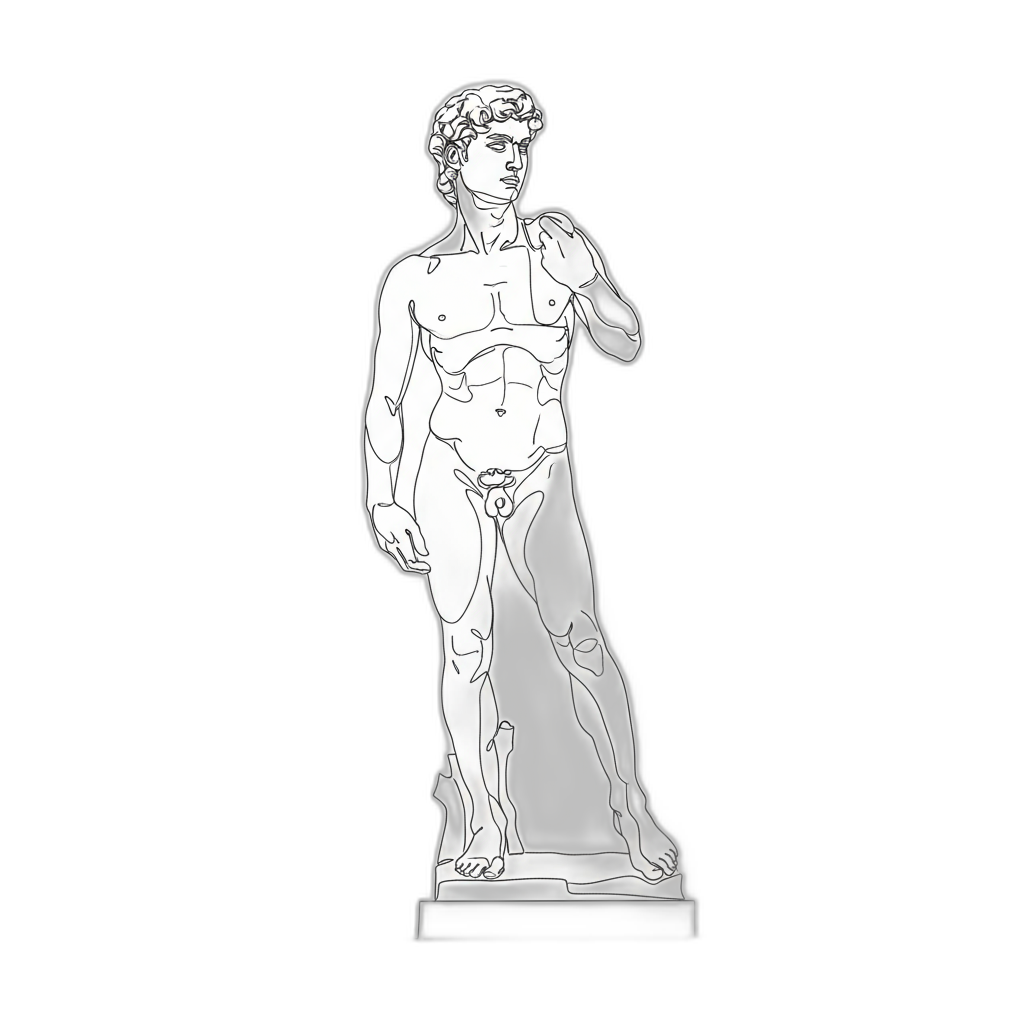



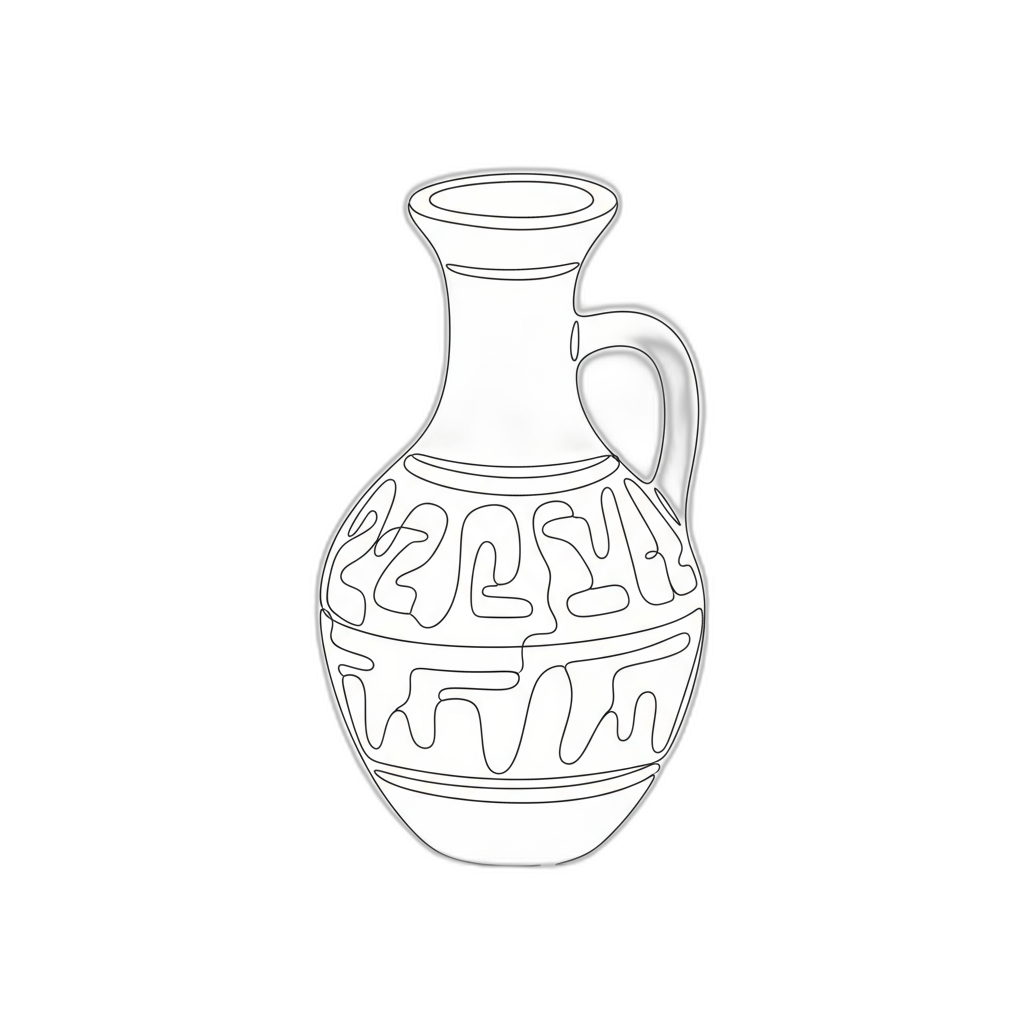
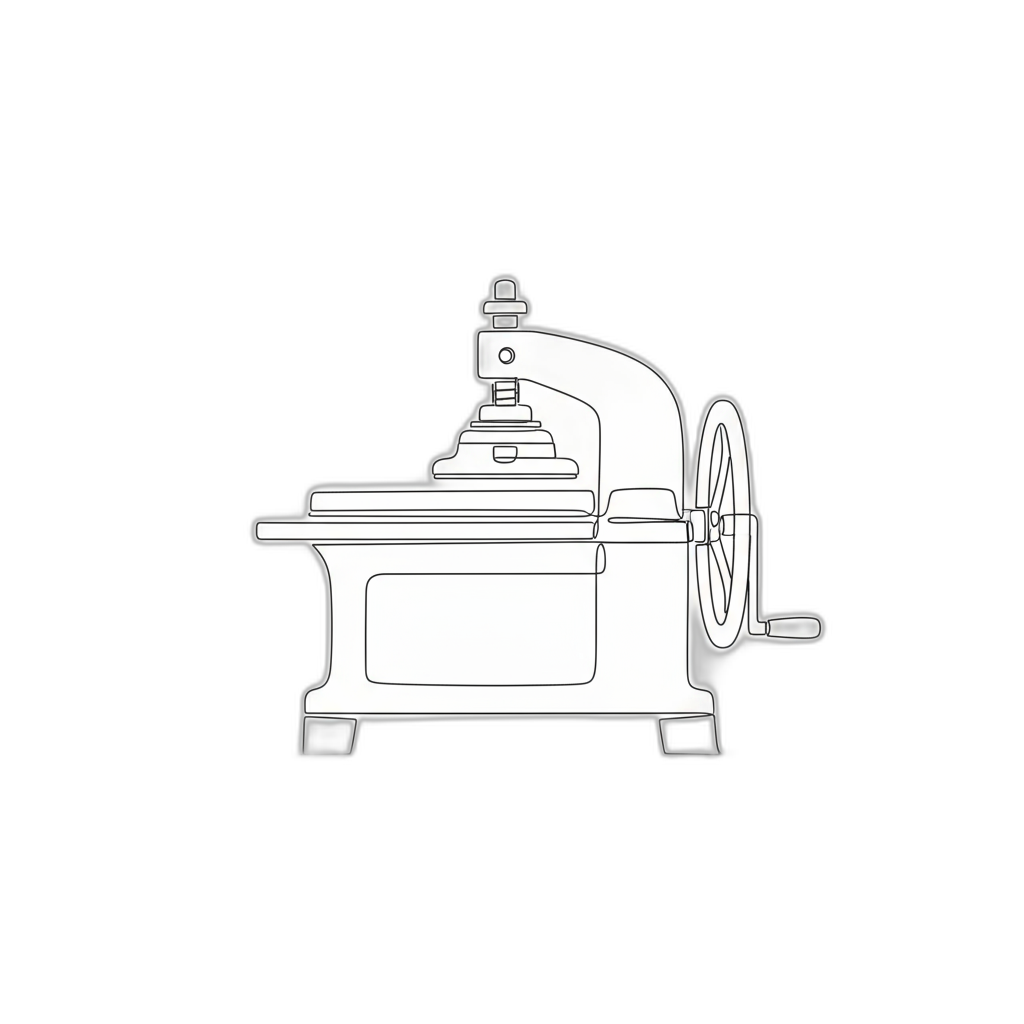


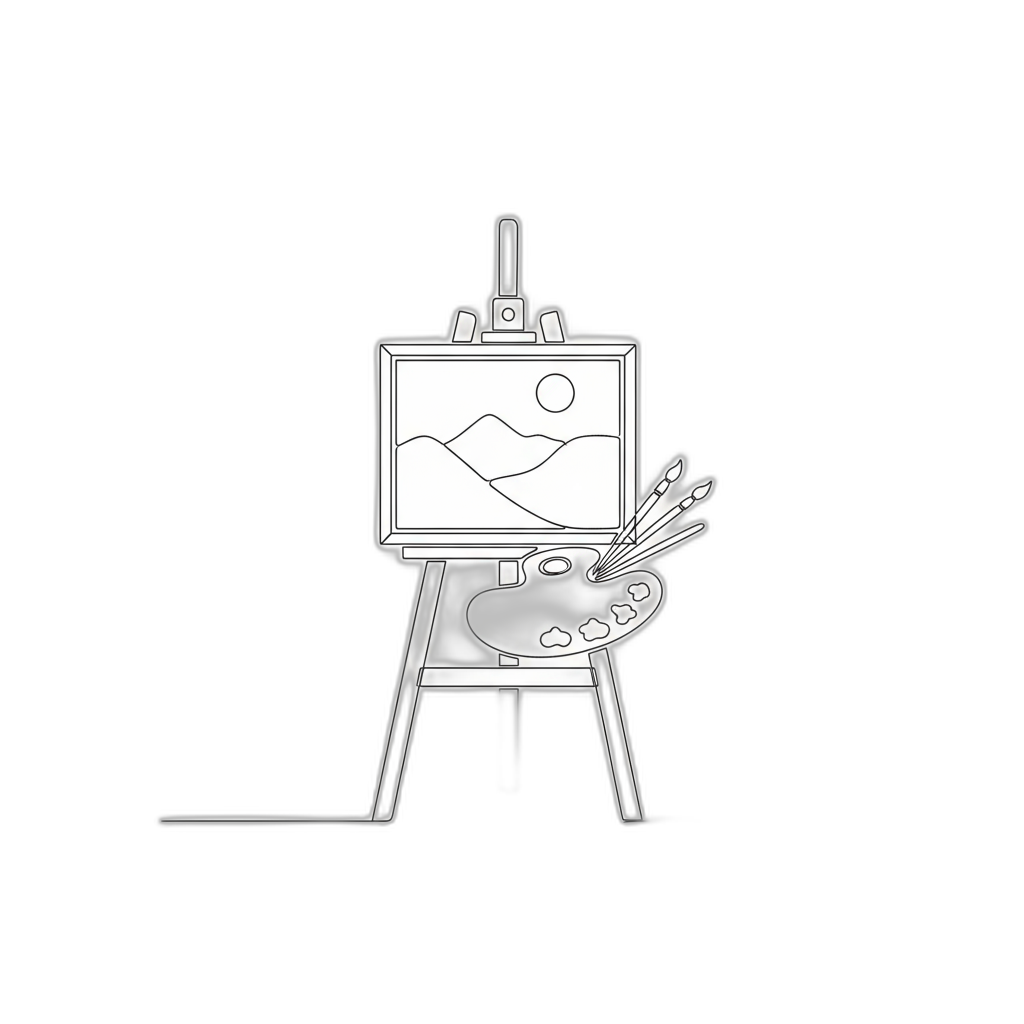


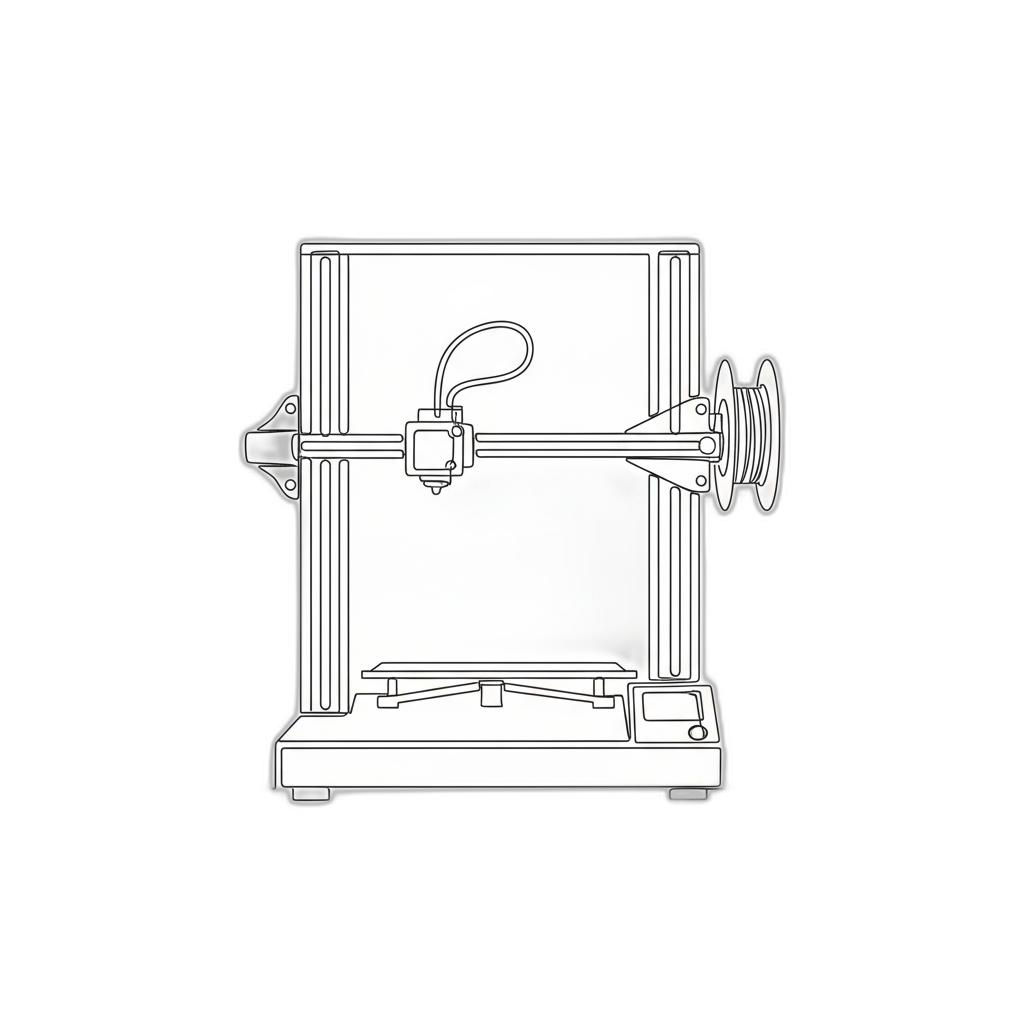

.svg)










